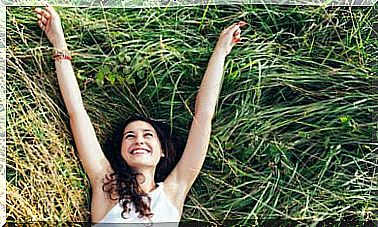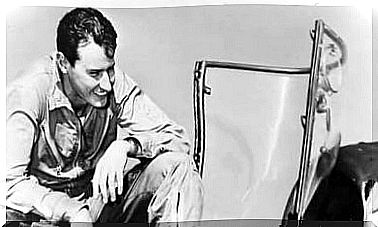What We See From The Window: Key To Psychological Well-being Or Discomfort
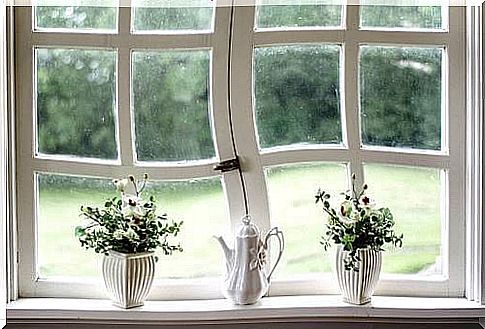
What we see from the window affects our mood, stimulates or reduces creativity and can even affect our health. Thus, and although popularly the exercise of placing our gaze in these everyday frames is for many a reflection of curiosity or mere gossip, this act actually has enormous significance for our brain.
It is possible that more than one comes to mind the film Rear Window by Alfred Hitchcock. In this production, based on the 1942 story It Had to Be Murder , by Cornell Woolrich, we starred a photographer who was forced to rest after an accident. The stillness, the boredom and the heat made him spend much of his time browsing the lives of his neighbors through the window.
Now, psychology tells us that we do not really need a “forced” circumstance to put our gaze behind the glass. Human beings like to look, we are curious by nature and our brain needs this stimulus to find incentives, to distract ourselves, reflect and even, why not, observe other people’s lives to compare them with our own.
Beyond what it may seem to us, there is nothing wrong with it. What’s more, placing your eyes on these surfaces is a healthy exercise as long as, yes, what is beyond is stimulating. Physical factors, such as having a wall in front of our house or a monotonous, one-color and noisy scene can impact our well-being.
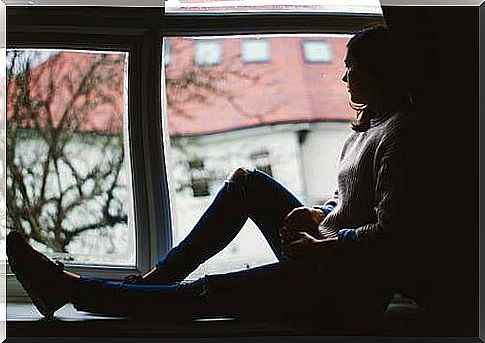
What we see from the window, fragments that stimulate or depress us
Susan Sontag, novelist, philosopher and film director used to say that looking is seeing fragments. Often, when we go by subway, by bus or when we sit on a bench to queue, we witness small fragments of life, snapshots that we attend as discreet voyeurs , for a moment, and then return to our skin, to our worlds individuals.
The same thing happens with what we see from the window. Sometimes we look out and see children playing in the street. Others, to couples walking, arguing or picking up their children from school. Often, what we see are patches of our nervous cities, the traffic, the mist of dawn mixing with the suspended pollution of the factories … Sometimes, and if we are lucky, we can contemplate snapshots of nature : a sunrise, the beginning of a storm, a shooting star or swallows making their nests.
Being a momentary participant in these natural fragments is often very rewarding. Stopping our tasks and standing in front of the window to connect with the outside is positive. In fact, it can even be decisive for our health, as an interesting study reveals. Let’s see more data below.
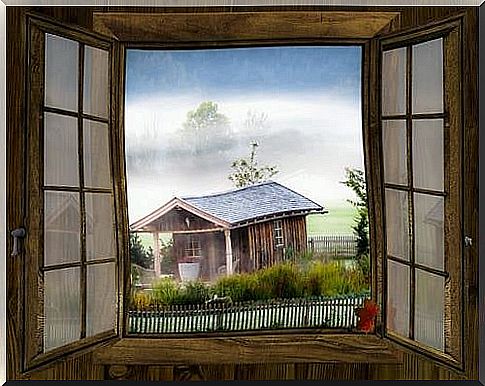
What you see can be as important as what you eat
The University of Plymouth, United Kingdom, carried out a study in July 2019 to conclude with something relevant: what we see through the window can be as important as what we eat. The data seems, to say the least, striking. Dr. Leanny Martin, in collaboration with the European Center for Environment and Health at the University of Exeter, details the following:
- What we see from the window affects our mood. And not only that , if the environment that surrounds us is interesting, attractive and stimulating, motivation is encouraged, the desire to move and even to eat much better. This is significantly appreciated in natural environments compared to that of large cities.
- If what we see in front of the window is another block of buildings and the noise of the traffic, it is likely that our desire to walk is less. Likewise, our mood is also affected, as well as motivation, creativity and often even our own diet (the greater the discomfort, the greater the consumption of frozen foods, saturated fats, etc.).
These are undoubtedly interesting data that encourage us to understand the importance of green spaces in our cities.
To look at the window is to look out into life to feel part of it
Many will know how positive it is to have a window through which to look, through which to rest for a few moments, at least, the eyes of the screen. More than a distraction, it is a respite. It is a way of relaxing the mind, of looking to another point for a moment just to oxygenate ourselves to capture other perspectives and, why not, even to take refuge in time and daydream.
What we see through the window must be stimulating to mediate well-being. A piece of heaven is enough, with a forest on the horizon, with people who laugh, who come and go. Those fragments of life also invite life, they are motivating and inspiring, they relieve us of momentary suffocation, boredom and our mechanical and routine tasks.
Let’s admit it, having a window connected to a natural and evocative setting nearby should be within everyone’s reach, it should be a medical prescription. These snapshots of peace, curiosity and balance are a refuge for our minds, always in need of stimulation.





